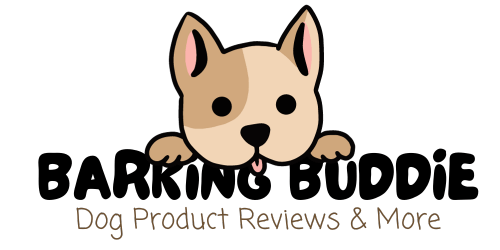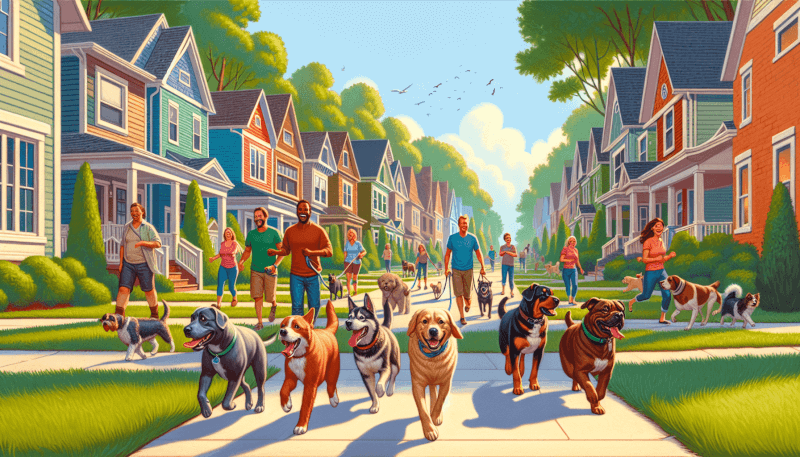Looking to start a dog walking group in your neighborhood? Look no further! This article provides valuable insights and best practices to get your group up and running smoothly. From finding like-minded individuals to establishing guidelines, you’ll discover helpful tips on making your dog walking group a success. So, grab a leash, gather your neighbors, and let’s get walking!
Introduction
Starting a dog walking group in your neighborhood can be a fantastic way to connect with fellow dog owners, promote a sense of community, and ensure that our furry friends get the exercise they need. However, to make the group successful, it’s important to follow some best practices. This comprehensive guide will walk you through each step, from identifying potential members to fostering a sense of community within the group. So grab a leash and let’s get started!
1. Identify Potential Members
The first step in creating a successful dog walking group is to identify potential members in your neighborhood. Research the interest in your community by talking to dog owners you already know. They may have some insight into whether others would be interested in joining. Consider creating a survey to gather more information about potential members’ preferences and needs. This will provide valuable insights into the group’s future activities and structure.
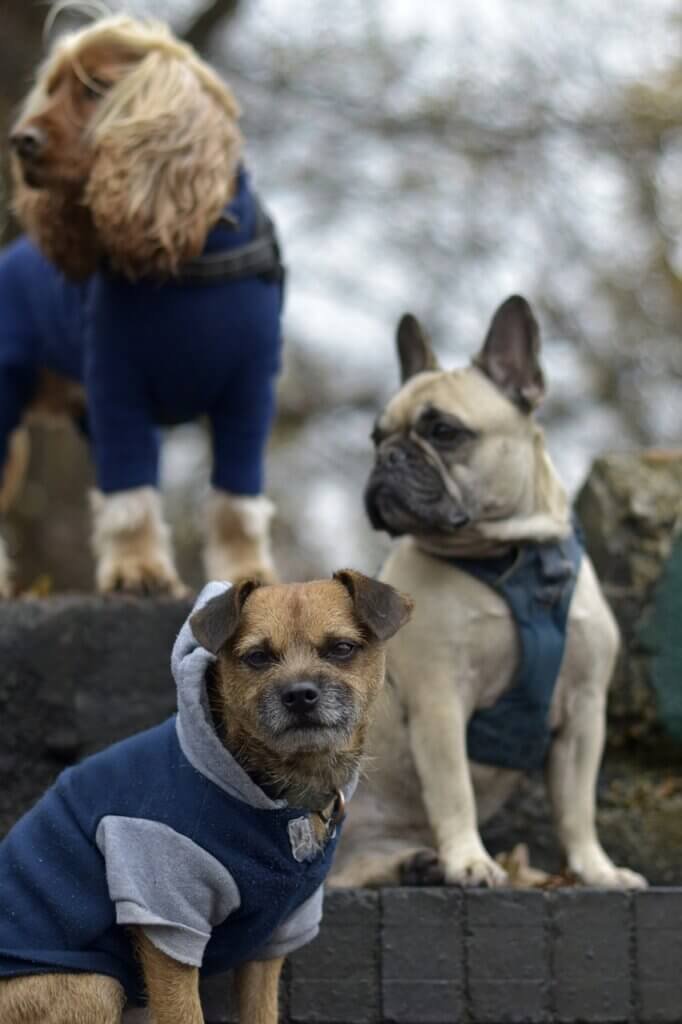
2. Set Goals and Objectives
Before getting started, determine the purpose of your dog walking group. Do you want to focus on providing regular exercise for dogs, fostering socialization opportunities, or promoting responsible dog ownership? Once you have a clear vision, set specific goals for the group. For example, you might aim to have at least four scheduled walks per week or organize monthly training workshops. Additionally, establish the frequency and duration of walks that will work best for the majority of members.
3. Determine Group Size
Deciding on an ideal number of members for your group is crucial. Consider the capacity of walking routes and parks in your neighborhood. If you have limited space, keeping the group small might be more manageable. On the other hand, larger groups can provide more opportunities for socialization. Strike a balance that allows everyone to enjoy their walks while considering safety and practicality. Setting a maximum number of members can help ensure that walks remain organized and stress-free.
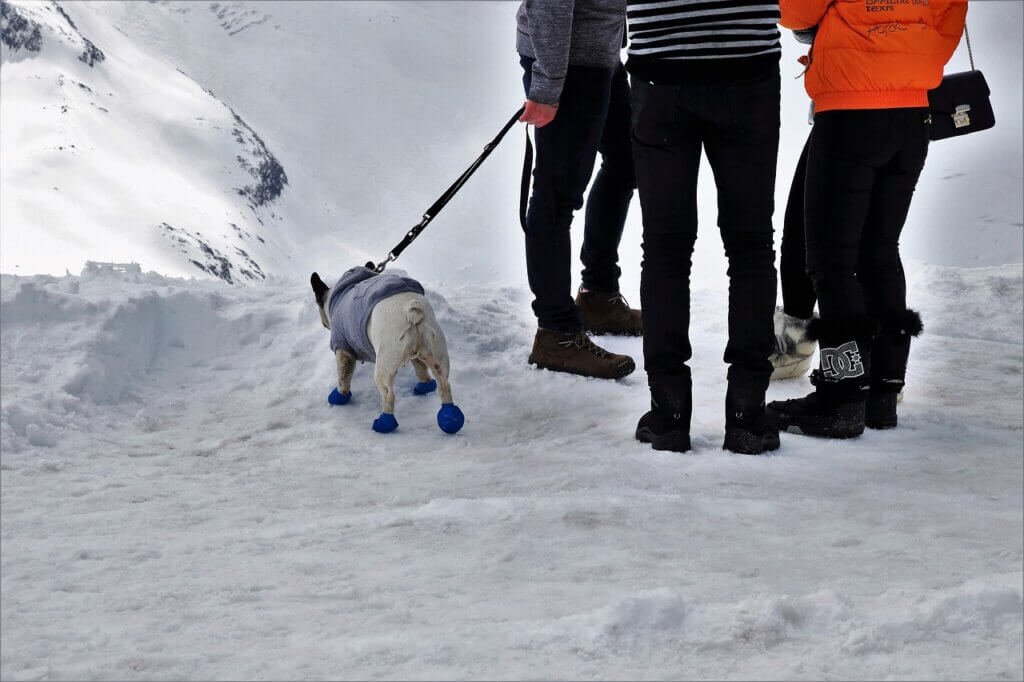
4. Establish Safety Guidelines
Safety should be a top priority when organizing a dog walking group. Require all dogs to be up-to-date on vaccinations to prevent the spread of diseases. Recommend that members use sturdy leashes and harnesses to maintain control over their dogs during walks. It’s also important to encourage members to bring enough poop bags and dispose of waste properly. By establishing these guidelines, you create a safe and enjoyable environment for both dogs and their owners.
5. Organize Walk Schedules and Rotations
Creating a schedule for regular walks is essential to keep the group active and engaged. Consider different time slots throughout the week to accommodate various members’ schedules. Morning, afternoon, and evening walks can ensure that everyone has an opportunity to participate. Implementing a rotation system for walk leaders allows everyone a chance to take the lead and share their favorite walking routes. This rotation system will also prevent burnout and keep the walks fresh and exciting.
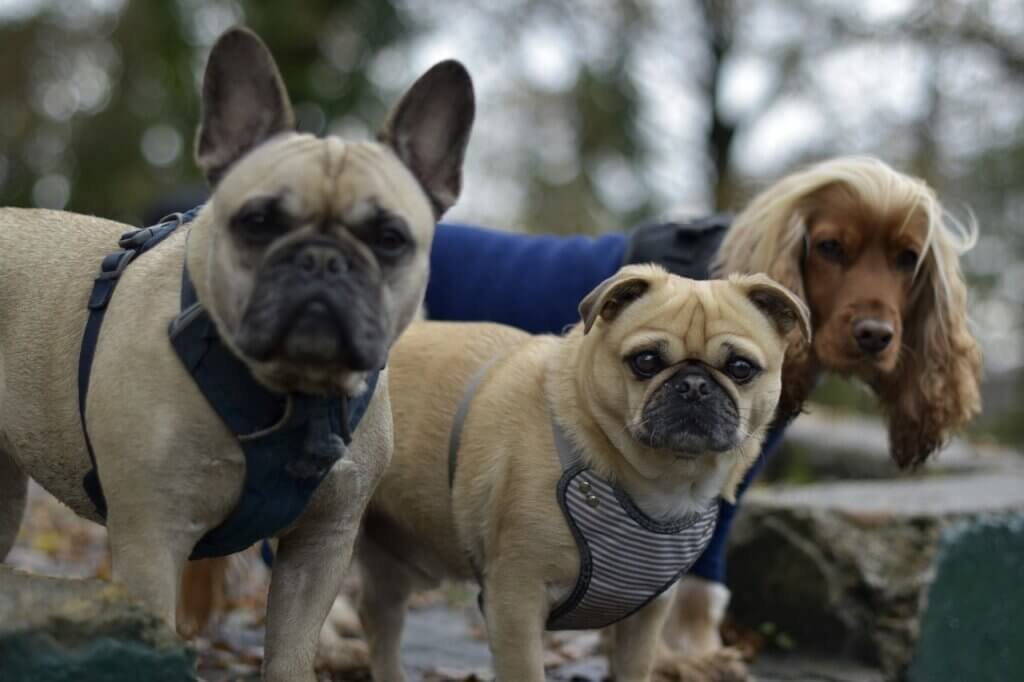
6. Designate Meeting Locations
Choosing a central meeting point for group walks is crucial to ensure accessibility and convenience for all members. Find a location that is easily accessible and safe for both dogs and walkers. Consider parks, open fields, or even a designated dog-friendly area in your neighborhood. Once you have decided on a meeting point, communicate it clearly to all group members. This way, everyone knows where to gather for walks, reducing confusion and ensuring a timely start.
7. Establish Communication Channels
Effective communication is key to the success of any group. Create a group chat or email list to keep members connected and informed about important updates. Use these communication channels to share walk schedules, any changes or cancellations, and other relevant information. Encourage members to notify the group if they are unable to attend a scheduled walk. This open line of communication will help ensure that everyone is on the same page and can plan accordingly.

8. Encourage Socialization and Training
Dog walking groups offer a fantastic opportunity for our furry friends to socialize and interact with each other. Arrange occasional activities that promote socialization, such as organized playdates or group outings to dog-friendly events. You could also invite trainers or behaviorists to host workshops on topics such as obedience training or proper leash handling. Sharing training resources and tips within the group is also beneficial, allowing members to learn from one another and enhance their dogs’ behavior.
9. Promote Responsible Dog Ownership
As responsible dog owners, it is important to educate ourselves and others about local leash laws and regulations. Ensure that your group follows these laws during walks to maintain a positive relationship with your neighborhood and local authorities. Remind members to clean up after their dogs and dispose of waste properly. Encourage responsible behavior and respectful interactions with neighbors. Through responsible dog ownership, we can set a positive example and contribute to a harmonious community.
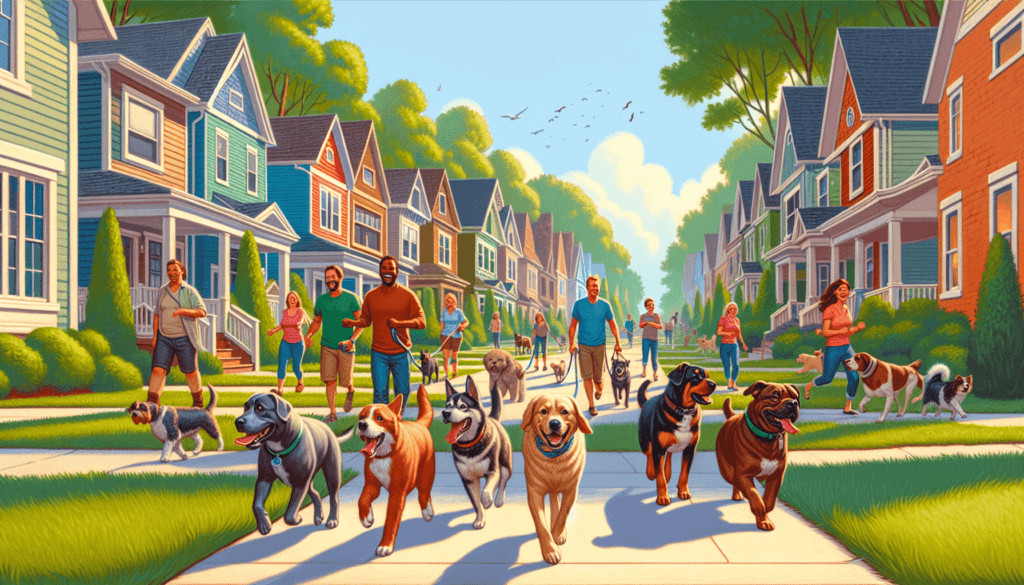
10. Foster a Sense of Community
Beyond the regular walks, focus on fostering a sense of community within your dog walking group. Organize social events or gatherings outside of group walks, such as picnics, dog-friendly festivals, or game nights. These additional activities allow members to bond and further strengthen the group’s connections. Celebrate milestones and achievements, such as individual dogs reaching their training goals or the group hitting a membership milestone. Lastly, encourage members to support local businesses or charities, whether it be through referrals or fundraising efforts. By doing so, you not only benefit the community but also enhance the overall sense of camaraderie within the group.
Conclusion
Starting a dog walking group in your neighborhood is an incredible opportunity to unite dog owners, promote healthy habits for our canine companions, and create a strong sense of community. By following these best practices, you can ensure that your group is organized, safe, and enjoyable for all members. Remember to always prioritize the well-being and happiness of both dogs and their owners. So gather like-minded individuals, put on your walking shoes, and embark on this exciting journey together. Happy walking!
